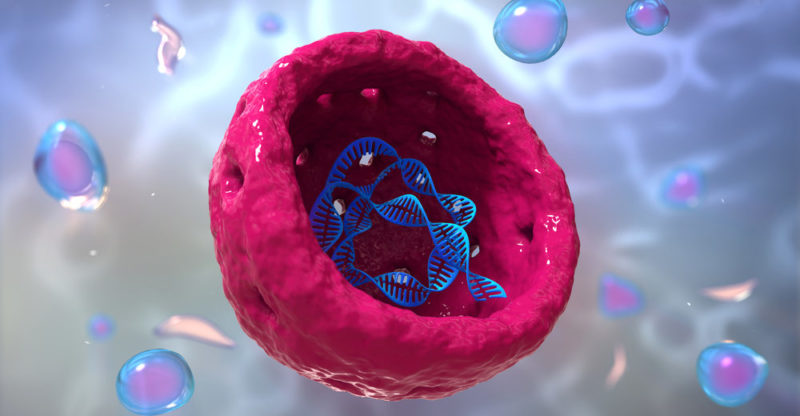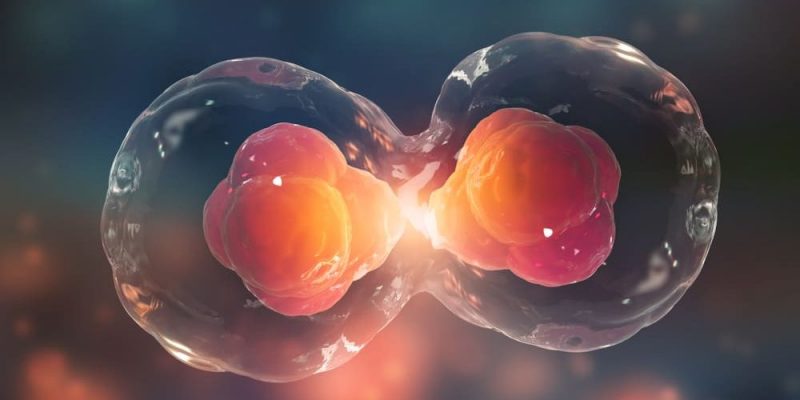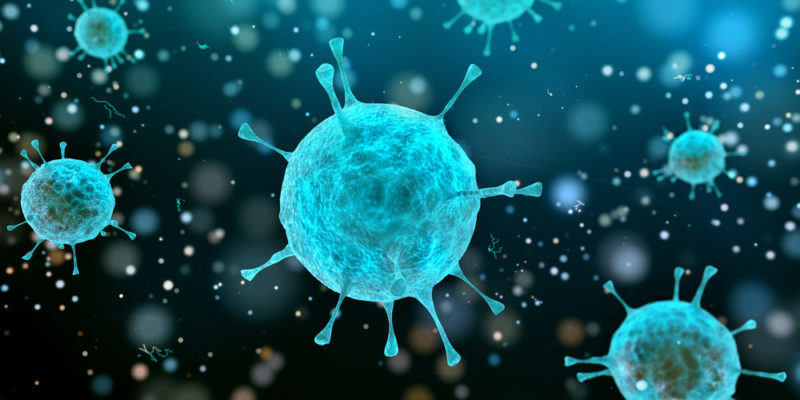We explain what the eukaryotic cell is, how it originated, and the parts that compose it. Also, what are its features and functions.
What is the eukaryotic cell?
Eukaryotic cells are known as those in whose cytoplasm a cell nucleus can be found that contains the genetic material (DNA), unlike prokaryotic cells, whose genetic material is dispersed in the cytoplasm.
The appearance of this type of cell is considered an important evolutionary step since it laid the foundations for the future complexity and variety of multicellular life, thus giving rise to the higher kingdoms ( Animalia, Plantae, fungi, and prostate ).
The living beings formed by eukaryotic cells are called eukaryotes.
Meaning of the term Eukaryote
The term eucariot a comes from a similar Greek word: Eukaryota, the union of eu- ("true"), and karyon ("nut, kernel"). Hence, the term would come to designate cells with a true nucleus, that is, with a nucleus distinguishable from the rest of the cellular content.
Evolutionary origin of the eukaryotic cell

The emergence of eukaryotic cells occurred at some point in evolutionary cellular history when only much simpler and smaller prokaryotic unicellular organisms existed.
It is not known for sure how it happened or what motivated this leap towards cellular structural complexity, without which life had been reduced to single-celled colonies.
There are various theories. The most accepted proposes the origin of these cells in the symbiogenesis between two prokaryotes: a bacterium and archaea.
Both would have co-inhabited so closely that they ended up composing the same organism, with a higher level of complexity.
Eukaryotes
Eukaryotic organisms, whose cells have a defined cell nucleus —container of the genetic material of all living beings— comprise all the kingdoms of higher multicellular and unicellular beings : the animal, plant, fungal, and protist kingdoms.
This shows the gigantic biodiversity that the development of the cell nucleus allowed.
Parts of the eukaryotic cell
Mitochondria produce energy from respiration or photosynthesis.
The eukaryotic cell is made up of the following parts:
- Cell or plasma membrane. A kind of "curtain" that surrounds the cell and delimits it, allowing both the access of desired substances to its interior and the expulsion of unwanted ones.
- Cellular wall. Characteristic of plant cells and fungi, only, it is a wall of cellulose ( plants ) or chitin (fungi) that gives them resistance and a certain rigidity.
- Core. In it are contained the chromosomes, carriers of the genes, which are the minimum units of the genetic information of the living being (DNA). It is covered by a nuclear membrane.
- Cytoplasm. That of eukaryotic cells is composed mostly of water and various compartments separated by internal membranes, in which the organelles (the "organs" of the cell) are found. The latter are:
- Lysosomes. They contain digestive material necessary for the assimilation of substances that enter the cell.
- Mitochondria. They are in charge of the metabolic process, that is, the production of energy from respiration or photosynthesis.
- Chloroplasts carry chlorophyll, appear only in plant cells, and have a green pigment that gives plants their characteristic color.
Differences between eukaryotic and prokaryotic cell
We can summarize the main differences between these two types of cells in the following points:
- Core presence. The essential difference, since in prokaryotes the genetic material is dispersed in the cytoplasm, rather than contained in a nucleus.
- DNA type. Prokaryotes' DNA is circular in shape; that of eukaryotes in a linear fashion.
- Typical cell size. Eukaryotes are larger (10-100 µm) than prokaryotes (0.2-2.0 µm).
- Reproduction. Prokaryotic cells reproduce asexually, while eukaryotes exhibit sexual and asexual reproduction.
- Presence of cellular organelles. Exclusive to eukaryotes: mitochondria, lysosomes, chloroplasts, etc.
Eukaryotic cell types
Animal cells lack plastids and cell walls.There are numerous types of eukaryotic cells but three are fundamentally distinguished: animals, plants, and fungi, each with minimal substantial differences:
- Vegetables. They have a cell wall of cellulose and proteins, as well as chloroplasts for chlorophyll destined for photosynthesis. They have a large central vacuole, which gives the cell its shape.
- Mushrooms. They present a chitin cell wall, despite a lower cell definition.
- Animals. They lack plastids and cell walls, centrioles, and vacuoles of smaller size but greater abundance.
Eukaryotic cell function
Eukaryotic cells have two fundamental functions: self-preservation and self-reproduction.This means that their behaviors are governed by the most elementary principles of life, which are to obtain the necessary food to produce energy and, eventually, allow the perpetuation of life through the creation of new individuals of the species.
Eukaryotic cell metabolism

Eukaryotic cells contain an organelle called mitochondria, essential for aerobic (air) metabolism.
Mostly they derive the energy required for the operation of cellular respiration, oxidizing carbohydrates essential or photosynthesis, in the case of plants, using the light sun and water to produce energy.
Eukaryotic Cell Antiquity
Eukaryotic cells are ancient, dating from 1400 to 1600 million years, according to the existing fossil record; however, prokaryotes came first and preceded them by several million years, dating from 3450 to 3700 million years according to the fossil record.
Eukaryotic cell domain

In the classification of life, there are not only kingdoms (animal, plant, fungi, protists, bacteria, and archaea) but two different domains in which it is grouped and which are precisely eukaryotes and prokaryotes.
In the first rank enter the first four groups and in the second the last two. This is how biology understands the various known ways of life today.
The above content published at Collaborative Research Group is for informational and educational purposes only and has been developed by referring to reliable sources and recommendations from technology experts. We do not have any contact with official entities nor do we intend to replace the information that they emit.
MA student of the TransAtlantic Masters program at UNC-Chapel Hill. Political Science with a focus on European Studies. Expressed ideas are open to revision. He not only covers Technical articles but also has skills in the fields of SEO, graphics, web development and coding. .
Leave a reply
Your email address will not be published. Required fields are marked *Recent post

Sport: What Is It, Types, Risks, Features, Characteristics and Examples

Dogs: Emergence, Features, Characteristics, Feeding and Breeds

Story: Definition, Elements, Structure, Features and Characteristics

